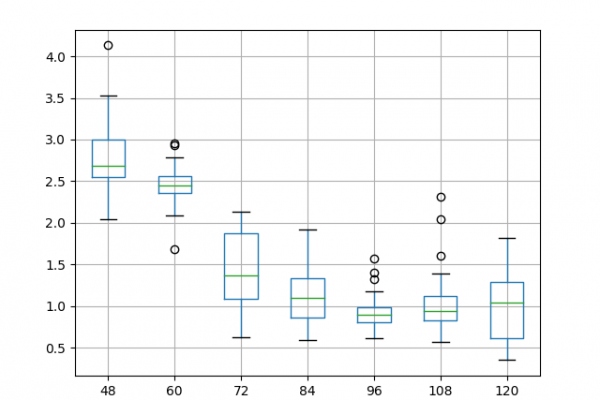How to Get Good Results Fast with Deep Learning for Time Series Forecasting

Last Updated on August 5, 2019
3 Strategies to Design Experiments and Manage Complexity on
Your Predictive Modeling Problem.
It is difficult to get started on a new time series forecasting project.
Given years of data, it can take days or weeks to fit a deep learning model. How do you get started exactly?
For some practitioners, this can lead to paralysis and even procrastination at the very beginning of a project. In others, it can result in being caught in the trap of only trying and using what has worked before rather than truly exploring the problem.
In this post, you will discover practical strategies that you can use to get started when applying deep learning methods like Multilayer Neural Networks and Long Short-Term Memory (LSTM) Recurrent Neural Network models to time series forecasting problems.
The strategies in this post are not foolproof, but they are hard learned rules of thumb that I have discovered while working with large time series datasets.
After reading this post, you will know:
- A strategy to balance the exploration of ideas and the exploitation of what works on your problem.
- A strategy to learn quickly and scale ideas with data to confirm
To finish reading, please visit source site